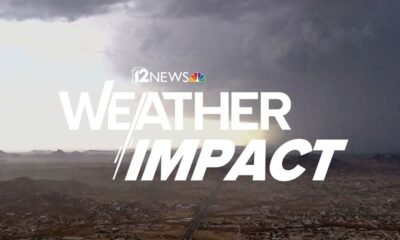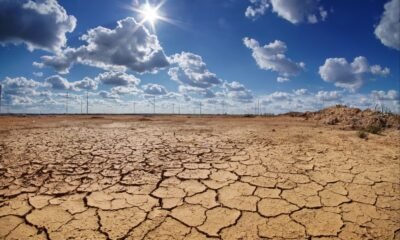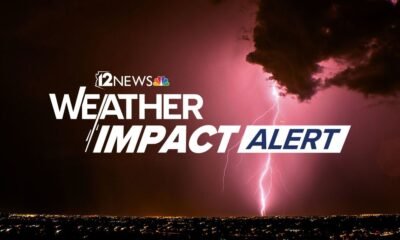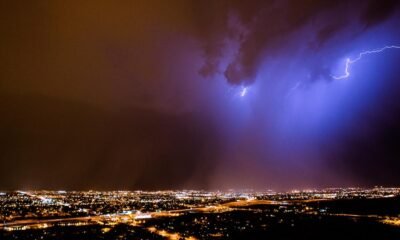Entertainment
Tucson’s Monsoon Storms: Climate Experts Warn of Intensifying Chaos Ahead
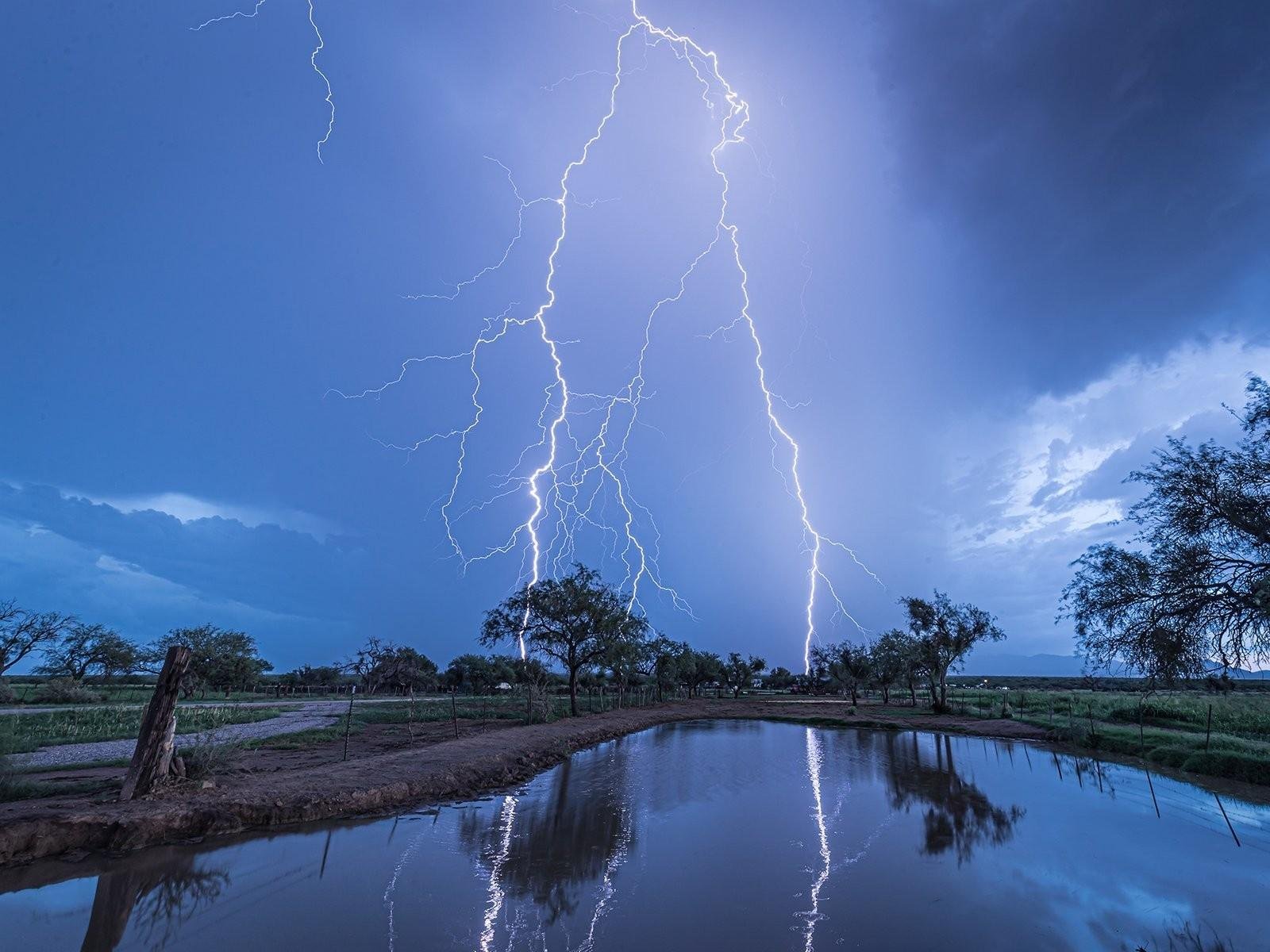
In Southern Arizona, subtle climate shifts signal the impending arrival of the annual monsoon rains. Hsin-I Chang, director of the University of Arizona’s Center for Applied Hydroclimate Sciences, notes an increase in humidity and the vibrant green of mountains as new vegetation emerges. Having resided in Tucson since 2010, she has observed gradual changes in monsoon patterns over the years. Storms are now typically delayed to later in the day and are less frequent compared to 15 years ago.
“We generally see a storm every two or three weeks, if at all,” Chang remarked. “However, the decrease in frequency doesn’t equate to less rainfall overall.” Experts from the university, while acknowledging that predicting monsoon patterns remains imprecise, anticipate that storm intensity may grow as regional temperatures rise.
Recently proposed federal budget cuts to the National Oceanic and Atmospheric Administration (NOAA) pose potential challenges for forecasting future monsoons. “Changes are already underway,” Chang stated, reflecting on the immediate impact of these funding reductions.
Despite this year’s scorching June temperatures, Tucson’s National Weather Service (NWS) has predicted above-average precipitation for the season. Climatologist Michael Crimmons emphasizes that intensified storms could lead to increased flash flooding and microbursts, which can cause significant localized damage and power outages.
Meanwhile, Zack Guido, director of the university’s International Resilience Lab, is studying public engagement with climate-related information. Each summer, he and Crimmons run the Southwest Monsoon Fantasy Forecasts, a game encouraging participants to predict rainfall across several cities. “The monsoon generates excitement in the Southwest,” Guido explained. “It offers frequent updates in contrast to the slower pace of climate change.” This year, he aims to assess how such interactive platforms impact public interest in learning about climate issues.
However, the proposed budget for the 2026 fiscal year includes significant cuts to NOAA’s research and data programs. Guido warns that these reductions may hinder weather forecasting accuracy. “Accurate forecasts depend on our ability to monitor current conditions,” he noted, highlighting the importance of various data-gathering tools.
Chang and Crimmons attribute the evolving monsoon patterns to human-induced climate change exacerbated by greenhouse gas emissions from activities like fossil fuel combustion. Chang advises individuals to consider energy-saving measures, but acknowledges the challenges that extreme heat brings in Southern Arizona. “Adjusting your thermostat or opting for an electric vehicle can be beneficial in the long run,” she suggested, though immediate changes may not be apparent.
In a broader context, Crimmons stresses the necessity for societal action to combat climate change. “Action is imperative, whether we like it or not,” he asserted, emphasizing the global nature of this challenge. Chang noted that while intensified storms might pose risks to infrastructure, the immediate threat lies in extreme heat conditions. “The crucial question is how much hotter it will become before the monsoons arrive,” she said. As Tucson’s residents endure high temperatures, Crimmons looks forward to the relief that the first monsoon rain will bring. “It’s a wonderful season in Tucson, especially when temperatures soar to 105 degrees,” he remarked. “It feels almost like an emotional release.”


